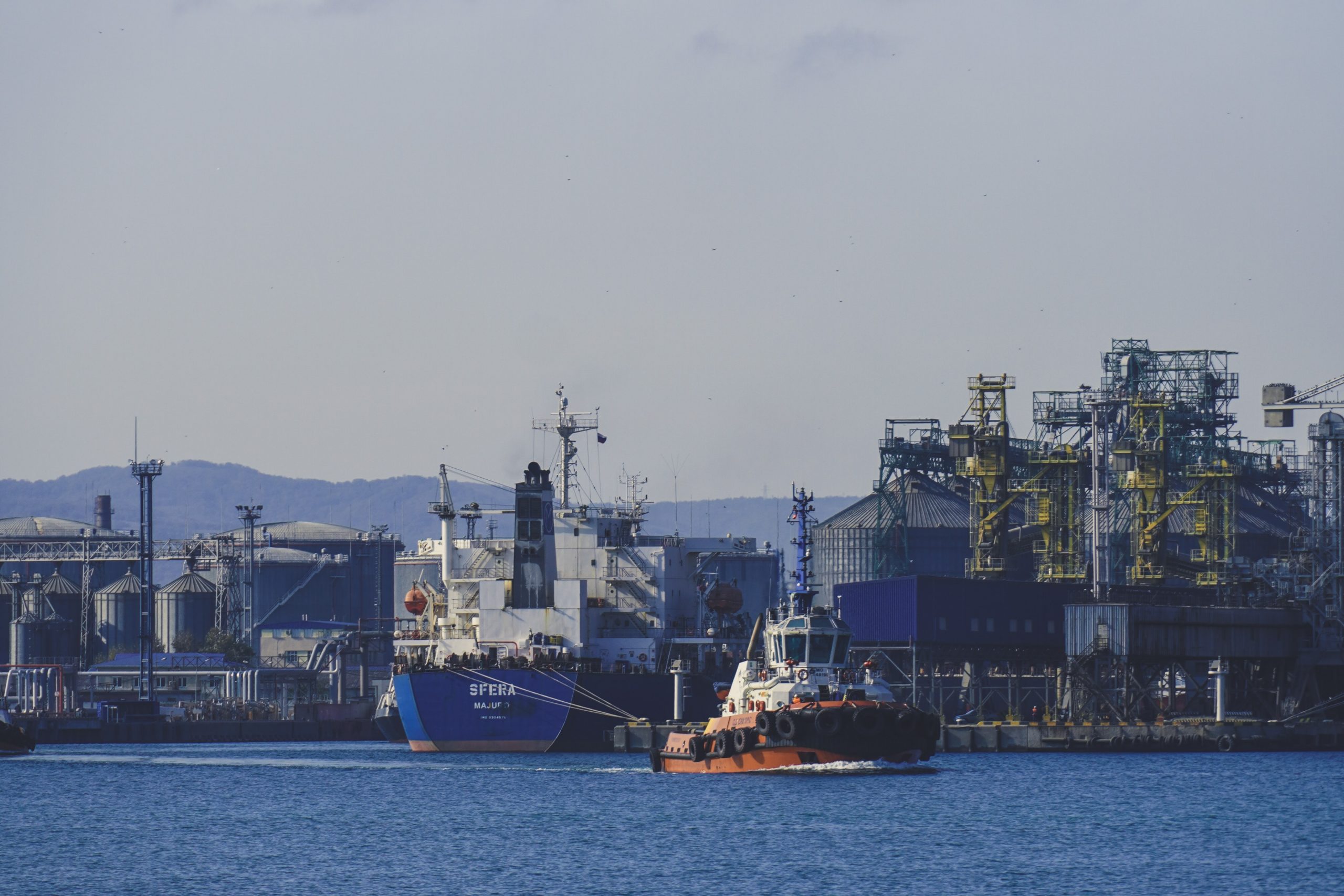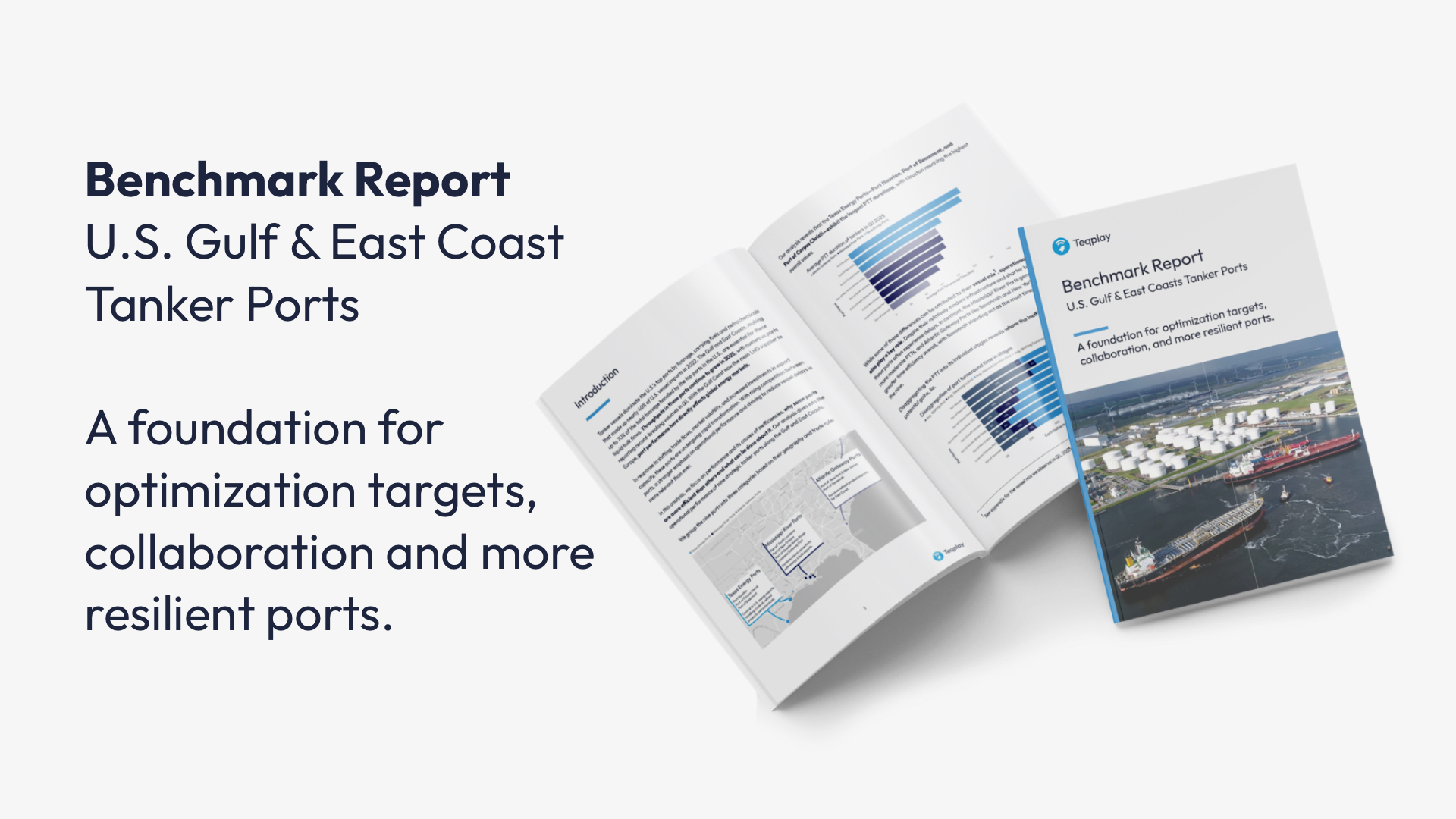by Hanh Tran
The rise of new technologies and the increase in demand for resources have transformed the maritime industry. Several relevant major technological innovations push automation and digitization including autonomous shipping, Internet of Things (IoT), blockchain, digital twins, data analytics, etc… All these new technologies are shaping the industry today, and it is crucial for businesses to understand and adapt to them, in order to ensure the continuity in the future of the maritime industry.
1. Smart and Autonomous Control
Human errors are always a risk in any operations, and this is especially true in the complex procedures within the maritime industry. Supporting humans, enabling autonomous control or optimizing through the use of AI are the most effective ways to address that risk. Additionally, automation and AI also allow for more predictive capabilities and help to increase the safety of operations.
2. Internet of Things (IoT)
The industry is constantly moving and changing, and in order to be in control, the ability to understand and adapt to these changes is required. With the low cost of the hardware, eventually, almost everything will and can be measured and controlled remotely. This is where IoT is changing the game.
The field of IoT emerged thanks to the convergence of many different technologies, allowing them to connect and work together seamlessly, and be controlled remotely. IoT enables a novel way of thinking and organizing processes and allows a whole new way to control your business and processes. Furthermore, IoT helps bring the physical world into a digital system and increases the efficiency and accuracy of operations.
3. Blockchain
Blockchain, in essence, is a digital ledger containing records which are linked together through the use of cryptography. These records, or “blocks”, build upon one another, and each entry is encrypted and has a timestamp. Cryptocurrencies are the most well-known applications of blockchain technology.
Nowaday, blockchain has become ubiquitous, and it is important for businesses to be aware of what this means for the industry. The technology has great potential applications in the sharing of information, securing transactions, reducing the delay in administrative work, and overall improving business efficiency.
4. Digital Twin
A smart and autonomous port system is best complemented with a digital twin. The digital twin reflects physical objects and systems and represents them in a digital environment, in real-time. The maritime industry usually involves many complex processes, making digital models particularly important in decision-making.
The technology of digital twin has evolved and become capable of representing large buildings and ships. The digital twin reflects current situations, provides insight into how a system behaves, and enables predictive capabilities. The technology relies on both historical and real-time data to help operators monitor performances, accurately assess situations and improve productivity.
Conclusion
Technological innovations often have far reaching effects in many different business sectors, and in order to keep up with the race, the maritime industry also needs to learn and adapt to them. As demand increases and sustainability concerns become more and more important, businesses need to adopt new solutions to advance the industry and ensure a sustainable future.




